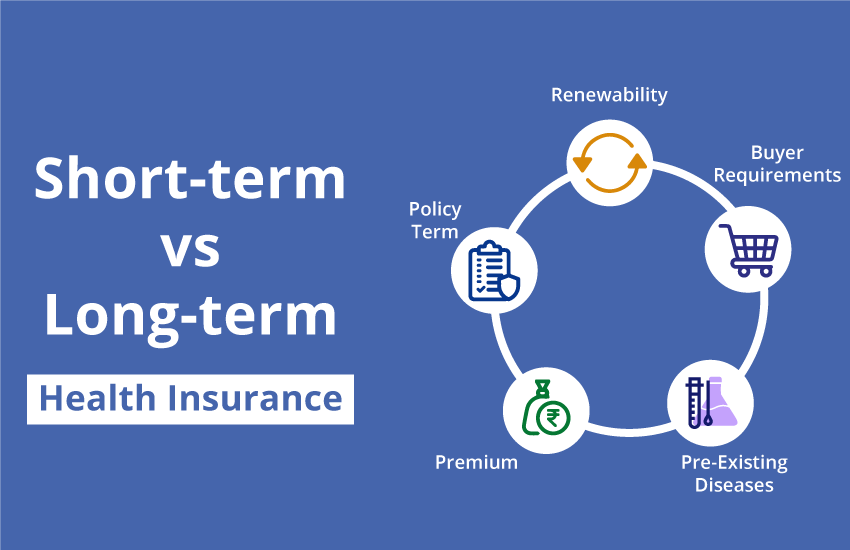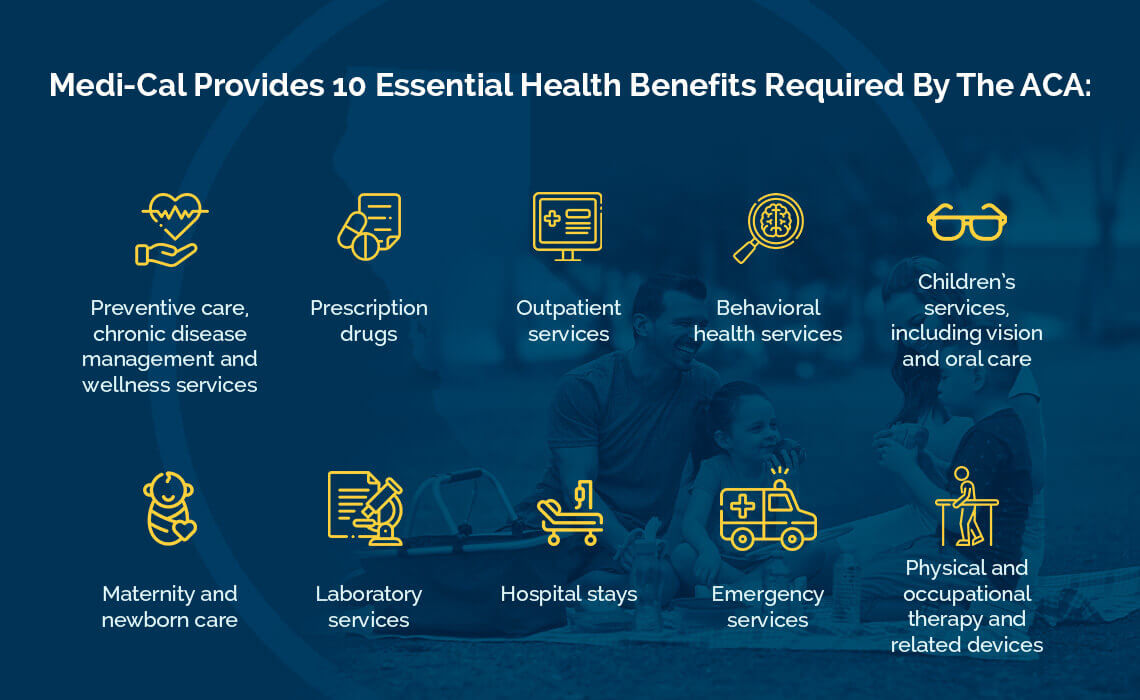Getting My Medicare Advantage Agent To Work
Getting My Medicare Advantage Agent To Work
Blog Article
All About Medicare Advantage Agent
Table of ContentsSome Ideas on Medicare Advantage Agent You Need To KnowRumored Buzz on Medicare Advantage AgentRumored Buzz on Medicare Advantage Agent

follows from perplexing the fairly young age profile of the without insurance with the much better health, usually, of more youthful individuals. This obscures the web link between health and wellness condition and medical insurance. For those without accessibility to work environment medical insurance, poor wellness is a prospective obstacle to buying nongroup coverage since such coverage may be highly priced, leave out preexisting problems, or be simply inaccessible. The number of without insurance Americans is not particularly huge and has not altered recently. Seven out of ten participants in a country wide depictive survey assumed that fewer Americans lacked wellness insurance than really do(Fronstin, 1998). About half(47 percent )thought that the variety of people without medical insurance decreased or stayed consistent over the last half of the last decade(Blendon et al., 1999). This decrease of virtually 2 million in the number of people 'without insurance policy (a decrease
of around 4 percent)is definitely a favorable adjustment. With a softer economy in 2000 the most up to date reported gains in insurance protection might not proceed(Fronstin, 2001 ). The decrease in the variety of uninsured will not continue if the economic climate continues to be slow-moving and healthcare expenses remain to surpass rising cost of living. This is due to the fact that the information were accumulated for a duration of solid financial efficiency. Of the estimated 42 million individuals that were without insurance, almost about 420,000(about 1 percent)were under 65 years of age, the age at which most Americans become eligible for Medicare; 32 million were adults between ages 18 and 65, about 19 percent of all adults in this age; and 10 million were children under 18 years of age, about 13.9 percent of all children (Mills, 2000). These estimates of the number of individuals without insurance are created from the yearly March Supplement to the Existing Populace Survey (CPS), carried out by the Census Bureau. Unless otherwise noted, national price quotes of individuals without medical insurance and percentages of the population with different kinds of coverage are based upon the CPS, the most commonly used resource of price quotes of insurance coverage and uninsurance prices. These studies and the quotes they yield are defined briefly in Table B. 1 in Appendix B - Medicare Advantage Agent. These studies differ in size and tasting techniques, the concerns that are inquired about insurance
The Of Medicare Advantage Agent
coverage, and the moment period over which insurance policy coverage or uninsurance is determined(Lewis et al., 1998, Fronstin, 2000a ). Still, the CPS is especially beneficial because it generates annual price quotes fairly quickly, reporting the previous year's insurance protection estimates each September, and since it is the basis for a consistent set of price quotes for greater than twenty years, permitting for analysis of patterns in insurance coverage in time.

The 20-Second Trick For Medicare Advantage Agent
Over a three-year period beginning early in 1993, 72 million individuals, 29 percent of the U.S. populace, were without coverage for at the very least one month. Within a single year(1994), 53 million individuals experienced at least a month without coverage(Bennefield, 1998a). Six out of every 10 without insurance adults are themselves used. Although working does boost the probability that one and one's relative will certainly have insurance coverage, it is not a guarantee. Also participants of households with two full time wage income earners have practically a one-in-ten opportunity of being uninsured (9.1 percent without insurance price)(Hoffman and Pohl, 2000 ). The partnership between health insurance coverage and access to care is well established, as documented later on in this chapter. Although the connection in between health insurance policy and health results is neither straight nor basic, an extensive scientific and health services research study literary works web links health insurance protection
to better access to care, far better high quality, and enhanced personal and populace health and wellness standing. The second record, on individual health and wellness results for uninsured adults, is represented by the inner circle of the figure, while the 3rd record, on household wellness, includes the subjects of the 2nd record but emphasizes a various device of analysis, namely, the family. The 6th record in the series will offer info regarding techniques and initiatives undertaken in your area, statewide, or country wide to deal with the absence of insurance policy and its unfavorable influences. Levels of evaluation for checking out the results of uninsurance. This discussion of wellness insurance policy coverage concentrates primarily on the united state population under age 65 due to the fact that essentially all Americans 65 and older have Medicare or other public insurance coverage.
It focuses specifically on those without any health and wellness insurance policy for any kind of size of time. The troubles faced by the underinsured are in some respects similar to those faced by the uninsured, although they are normally much less extreme. Uninsurance and underinsurance, nevertheless, entail clearly various plan issues, and the strategies for addressing them may differ. Throughout this study and the five reports to follow, the main focus gets on individuals without medical insurance and thus no assistance in paying for healthcare past what is readily available with charity and security net institutions. Medical insurance is an effective aspect impacting receipt of care click over here due to the fact that both people and medical professionals react to the out-of-pocket cost of services. Medical insurance, nevertheless, is neither required nor enough to access to clinical solutions. The independent and direct result of health and wellness
insurance insurance policy protection access to health wellness is well establishedDeveloped Others will obtain the wellness care they require even without medical insurance, by paying for it expense or seeking it from providers that provide treatment totally free or at highly subsidized prices. For still others, health insurance coverage alone does not guarantee invoice of care due to other nonfinancial barriers, such as a lack of health and wellness treatment suppliers in their community, restricted access to transportation, illiteracy, or etymological and cultural differences. Official research regarding without insurance populations in the USA dates to the late 1920s and very early 1930s when the Committee on the Expense of Healthcare created a collection of reports regarding funding doctor workplace check outs and hospital stays. This issue ended up being significant as the numbers of medically indigent climbed up throughout the Great Anxiety. Empirical research studies continually support the link between accessibility to care and boosted health results(Bindman et al., 1995; Starfield, 1995 ). Having a normal resource of care can be considered a predictor of gain access to, instead of a straight measure of it, when health and wellness results are themselves made use of as accessibility indicators. This extension of the concept of gain access to dimension was made by the IOM Board on Checking Accessibility to Personal Healthcare Solutions(Millman, 1993, p. Whether or not parents are guaranteed shows up to affect whether or not their youngsters get treatment in addition to exactly how much careeven if the children themselves have coverage(Hanson, 1998). The wellness of moms and dads can influence their capability to care for their youngsters and the degree of family stress and anxiety. Bothering with their kids's access to care is itself a resource of tension for parents. 3 phases follow in this report. Phase 2 provides a review of exactly how employment-based wellness insurance, public programs and private insurance coverage run and interact to offer extensive but incomplete insurance coverage of the united state populace. This includes an evaluation of historic patterns and public laws impacting both public and personal insurance policy, a conversation of the interactions amongst the various kinds of insurance policy, and an exam of why people relocate from one program to another or finish up

Report this page